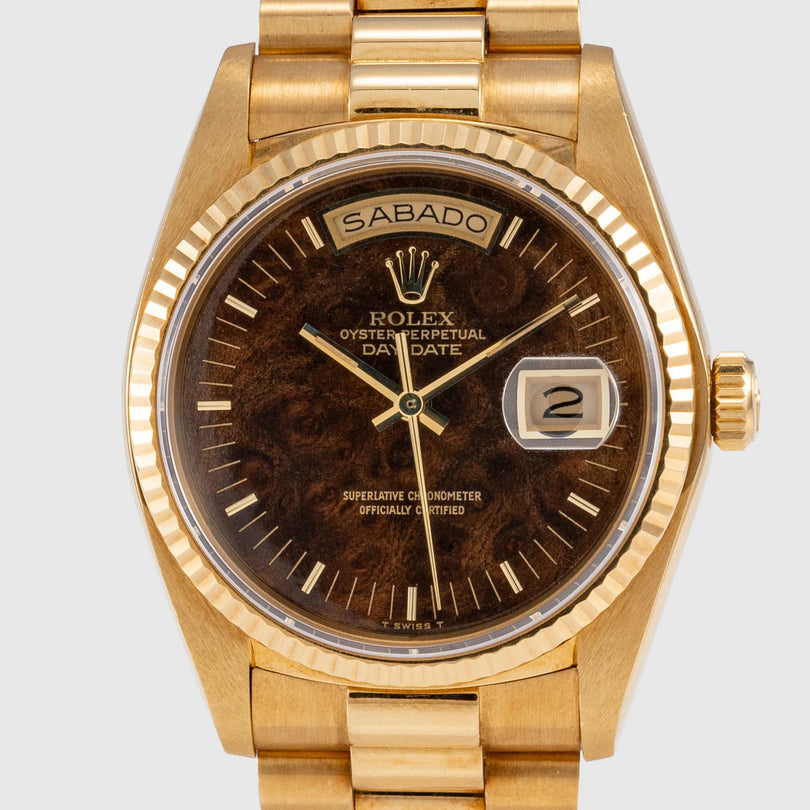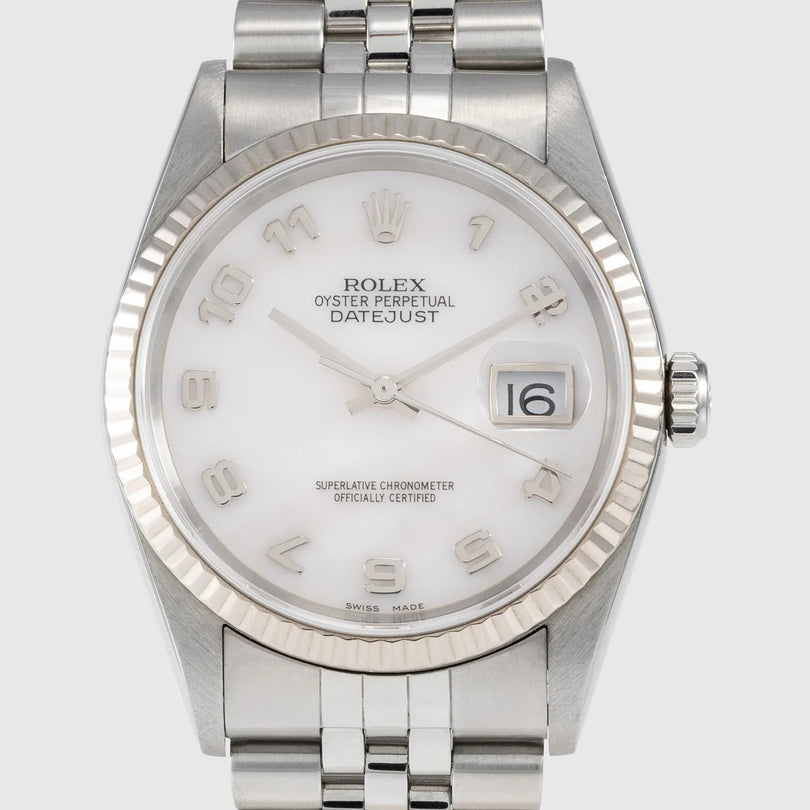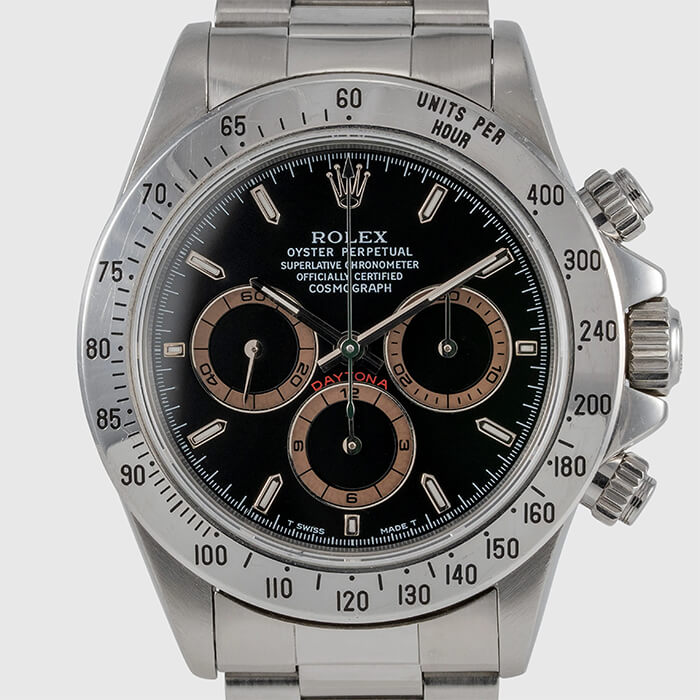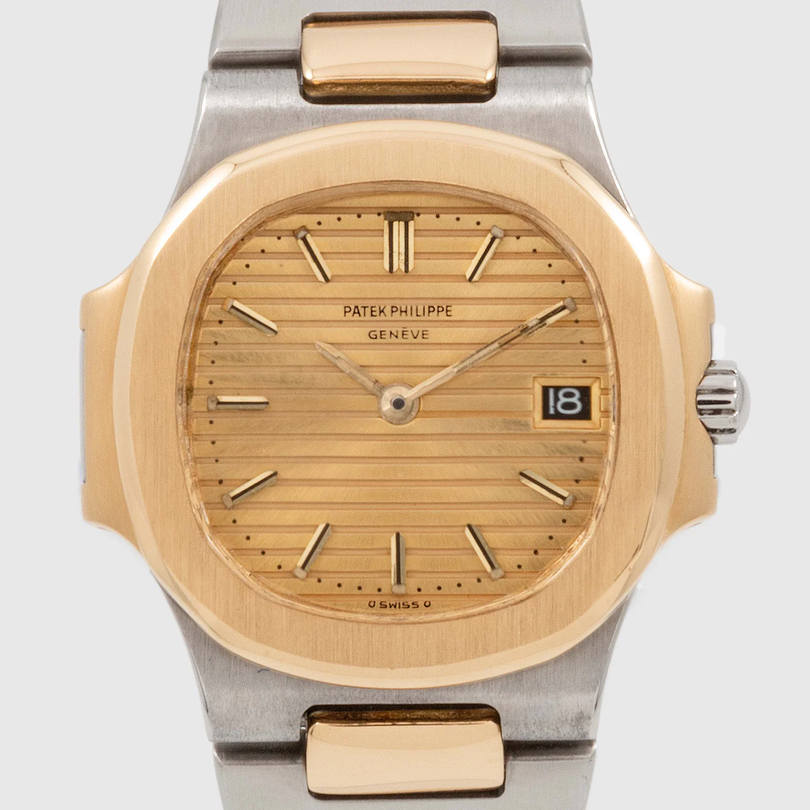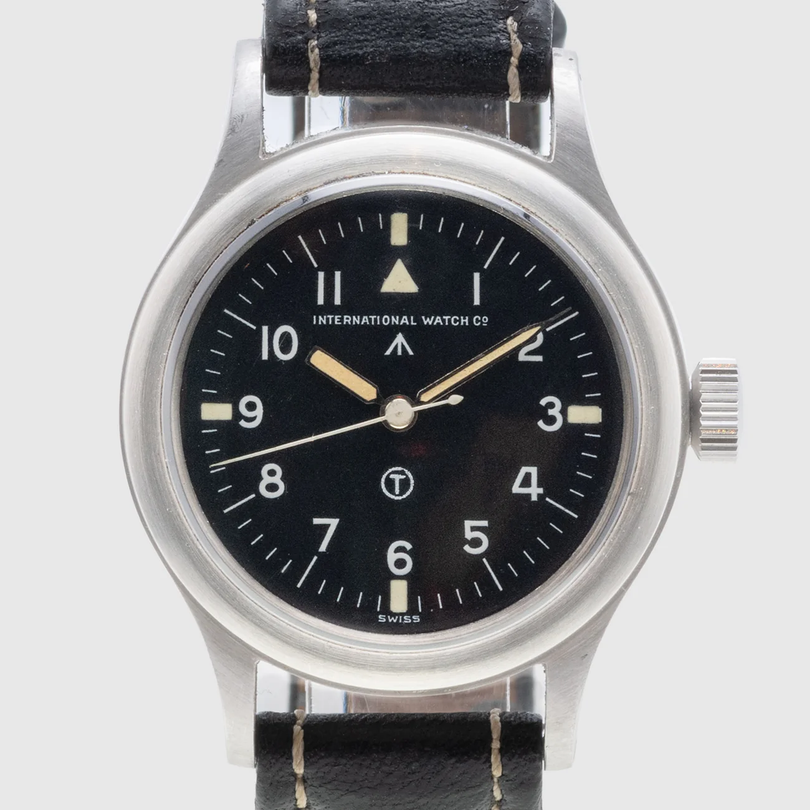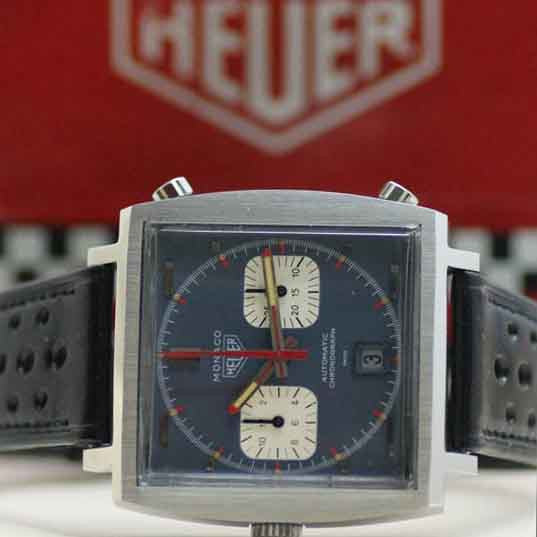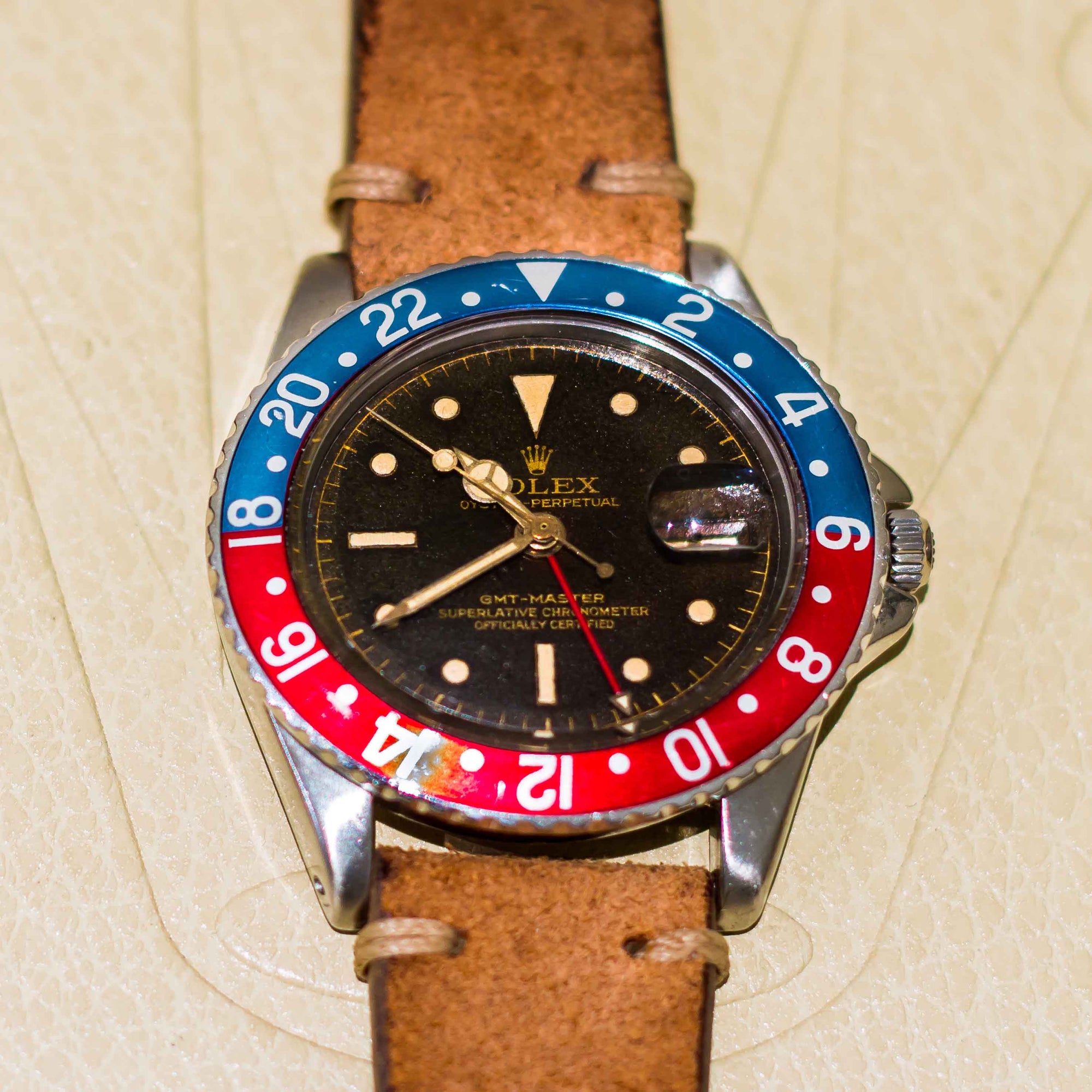
In 1953, Blancpain became the first watch manufacture to create a commercially available diving watch (yes, a full year before Rolex officially launched the Submariner). The history & variations of this watch has created a dedicated fan following. The Fifty Fathoms defined the requirements of the modern diving watch, and preceded ISO 6425 (modern diving watch standards) by nearly 40 years.
In the wake of WW 2, Captain Maloubier and Lieutenant Riffaud, two heroes of the War, were tasked by the French military to create an elite combat diving group, also know as Frogmen. A precise and reliable watch was critical to accurately accomplish their mission. Unable to find any suitable watch on the market, Maloubier drew up a list of detailed specifications. In approaching various watch executives, his request was refused. Finally, he got in touch with Jean-Jacques Fiechter, Blancpain’s CEO from 1950 till 1980. Fiechter was passionate about watches and diving; so the idea of developing a diving watch for the French Navy was a challenge he accepted with excitement.
The key requirements for the watch were an exact measurement of the time of a dive, perfect legibility of the dial under all circumstances and robust construction to ensure reliability. Maloubier described some of the key design features that he needed, “a black dial, bold large numerals and clear markings… a rotatable exterior bezel… We wanted at the start of the dive to be able to set the bezel opposite the large minute hand in order to mark the time. We wanted each of the markings to shine like a star for a shepherd.” Fiechter, a diver himself, realized that the bezel should be uni-directional in order to avoid a diver unintentionally adjusting the bezel and thereby extending the duration of the dive. The Fifty Fathoms was the first diving watch to use a rotatable bezel. Blancpain created a double O-ring on the crown to ensure appropriate water resistance. Fiechter also realized that a manually wound movement would cause wear on the crown, so an automatic movement was used – this also being covered by a solid case to provide an antimagnetic frame as much of the military equipment used would create strong magnetic fields. Blancpain added a final touch; a humidity indicator in the shape of a small circle at 6 o’clock. If the case were dry, it would show blue; if water entered, it would turn pink. And at a size of 42mm, this was a far larger watch than most on the market at 32mm-36mm.

The French Navy sourced all diving equipment through Spirotechnique, a business located in Paris. Jacques Cousteau also purchased his equipment from Spirotechnique, and the Fifty Fathoms made an appearance in his Oscar award-winning film, “The Silent World”. In addition, other navies chose to use the Fifty Fathoms, most famously the American Navy. During the time, there was a pricing benefit for American-made products. Blancpain partnered with Allen Tornek to sell products under two names, “Blancpain Tornek” and “Rayville Tornek”. It is estimated that 1,000 watches were made for the US Navy, with many of them destroyed after decommissioning, making these some of the most rare and collectable of the Fifty Fathoms.
When considering any modern diving watch, you can easily find signs of the innovation brought about through the creation of the Fifty Fathoms. In over 50 years of production, nearly 50 different variations of the Blancpain Fifty Fathoms have been released, making this one of the most collectable of vintage watch models.

